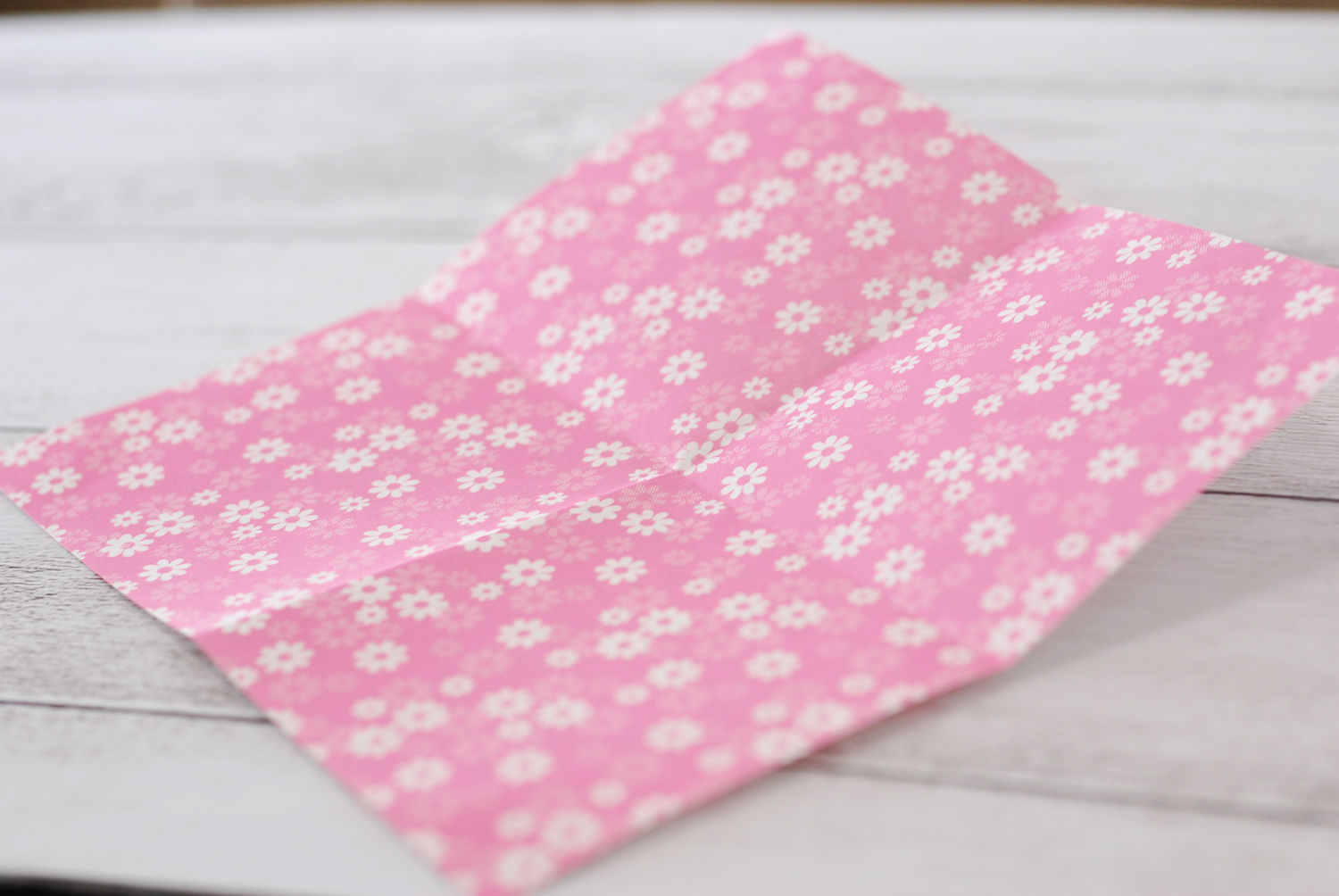
A Beginner's Guide to Origami: Basic Techniques to Enter the Japanese World of Folding Paper
Origami is a quintessential part of the Japanese culture. In this article, you will learn how to make some of the most basic folds of this traditional art, all with the assistance of pictures. Anyone one can master these techniques with ease, so get your origami paper ready and let’s start folding!
This post may contain affiliate links. If you buy through them, we may earn a commission at no additional cost to you.
The Basics of Origami: It’s Simpler Than You Think
Origami, or the art of paper folding, is a traditional Japanese craft developed in ancient times that is still very much alive today.
Not only is origami a beautiful art form which uses paper to represent an infinite number of objects, but it is also a great leisure activity. One of its many attractions lies in the fact that the simple act of folding a piece of paper allows you to bring to light a variety of creations: from ships and airplanes to Japanese dolls and animals, such as the iconic origami crane. Japanese students learn how to make these objects as part of their school education, and parents also use the activity to play and bond with their children.
This article will teach you some of the most basic techniques that form the foundations of the art of origami. Don’t worry because there will be pictures to help you through the process. As soon as you memorize these simple folding techniques you will be able to make your debut in the world of origami. Have fun learning and enjoy one of the most traditional of the Japanese art forms!
Origami’s Most Basic Techniques: Mountain Fold and Valley Fold
The mountain fold and valley fold are the two most basic skills in origami.
The act of folding paper is quite straightforward and you will use these two techniques more than any other during the process. However, you need to be careful, because if you don’t do them correctly from the start the final results can be very different from what you expected.
Let’s start with the mountain fold.
As the name suggests, you need to fold the paper as to create the shape of a mountain.
The key point here is to line up the corners precisely. Fold the paper carefully as to create as little disparity between the edges as possible.

The valley fold is exactly as the mountain fold but up-side-down.
Along with its upward counterpart, the valley fold is the most simple and frequently used folding technique there is. It is crucial that you perform it as carefully as the mountain fold. In many cases both of these techniques are used multiple times during the origami creation, therefore you need to be careful as not to mistake one for another.

Widening the Scope of Origami’s Potential: Outside Reverse Fold

As you can see in the picture, this technique consists of folding the paper back to create an overlay. How much paper you use to create the overlay and the angle you use to create it can dramatically change how your origami looks.
In order to make a precise outside reverse fold, first you need to mountain fold the paper to crease a center line. Then, fold the tip sideways where you want your outside reverse fold to be, and pinch a crease. By doing so you should be able to make a precise outside reverse fold.
Keep in mind that "creasing and folding" is also one of the most basic techniques you find in origami.
Learn the Other Pair: Inside Reverse Fold
Just as the mountain fold comes in pair with the valley fold, so does the inside reverse fold with the outside reverse fold.

As seen before, for the outside reverse fold you have to turn the paper inside out as if creating a cover layer. For the inside reverse fold, however, the opposite is requested and you have to “tuck the paper in.” The process of creasing is the same in both cases, therefore once you have mastered the outside reverse fold, the inside reverse fold should pose no problem.
On the above picture, you can see the inside reverse fold on the upper part of the origami and the outside reverse fold on the bottom.
A Very Useful Technique: Cushion Fold
The last technique of this series is the cushion fold, which is required to create objects such as flowers, boxes, and sumo wrestler dolls.
The cushion that gives the name to this technique is a square-type sitting one called “zabuton” in Japanese and it is used in Japanese-style rooms furnished with tatami flooring. In a country such as Japan where traditionally people sit on the floor instead of chairs, these sorts of cushions have been widely employed since antiquity. The resemblance of the origami shape with the cushion is the origin of this technique\'s name.
The key to making a good cushion fold is to pinch the creases well and then fold the paper with precision. First, make a cross-shaped crease in the paper and then use them as your guidelines to fold and align the edges with the center.
For some objects, this technique is only used to crease the paper and make the guidelines.

The world of origami gets deeper and deeper the more you learn. The techniques you saw here are basic and may look simple, but they make up the basis of everything else in this craft. Performing them carefully and with precision makes a big difference in your final origami creation. If you master these basic techniques, you should be able to create beautiful objects quintessential to the Japanese culture.
The information in this article is accurate at the time of publication.



